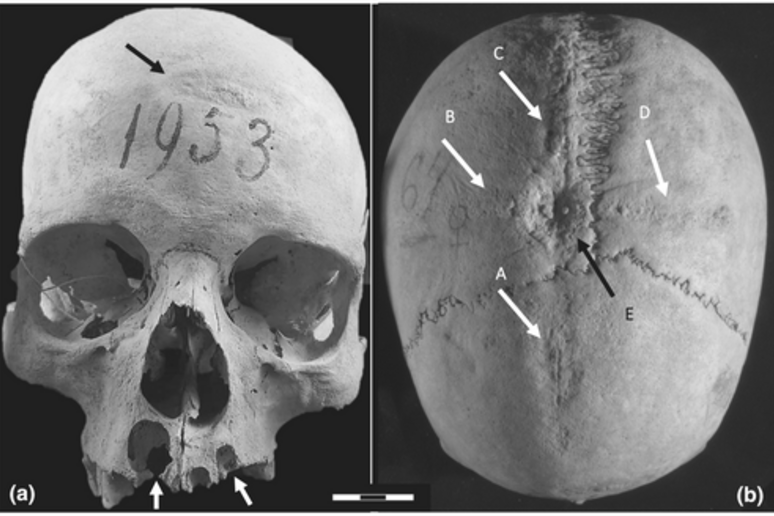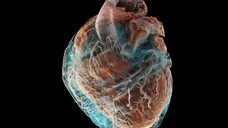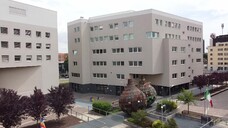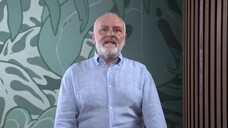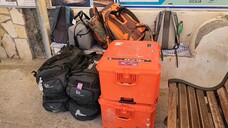The skull of a woman who lived in the Middle Ages shows the signs of the first ever known case of cranial surgery in Longobard Italy. The remains were found in the cemetery of Castel Trosino, near Ascoli Piceno, and were analyzed by an international research group coordinated by the Sapienza University of Rome, together with the British University of Cambridge, the Spanish University of Zaragoza, the French National Center for Scientific Research (CNRS) and with the contribution of the Catholic University of the Sacred Heart of Milan. The results have been published in the International Journal of Osteoarchaeology.
The woman underwent at least two operations, the last shortly before she died. The researchers, led by Ileana Micarelli of the University of Cambridge and former post-doc at Sapienza University, studied the woman's skull showing the signs of at least two surgeries, including one in the shape of a cross.
Thanks to a new method of high-resolution biochemical investigations applied to one of the teeth, the researchers were also able to reconstruct changes in the woman’s diet and movements, from early childhood to adulthood, highlighting the care that was provided by her community. "The last surgery seems to have occurred shortly before her death," says Giorgio Manzi of Sapienza, who coordinated the study. "There are no injuries that suggest the presence of trauma, tumors, congenital diseases or other pathologies. It is intriguing to consider the possibility of a ritual or judicial motive for these interventions – adds Manzi – but so far we have no evidence to support this hypothesis"
Riproduzione riservata © Copyright ANSA





